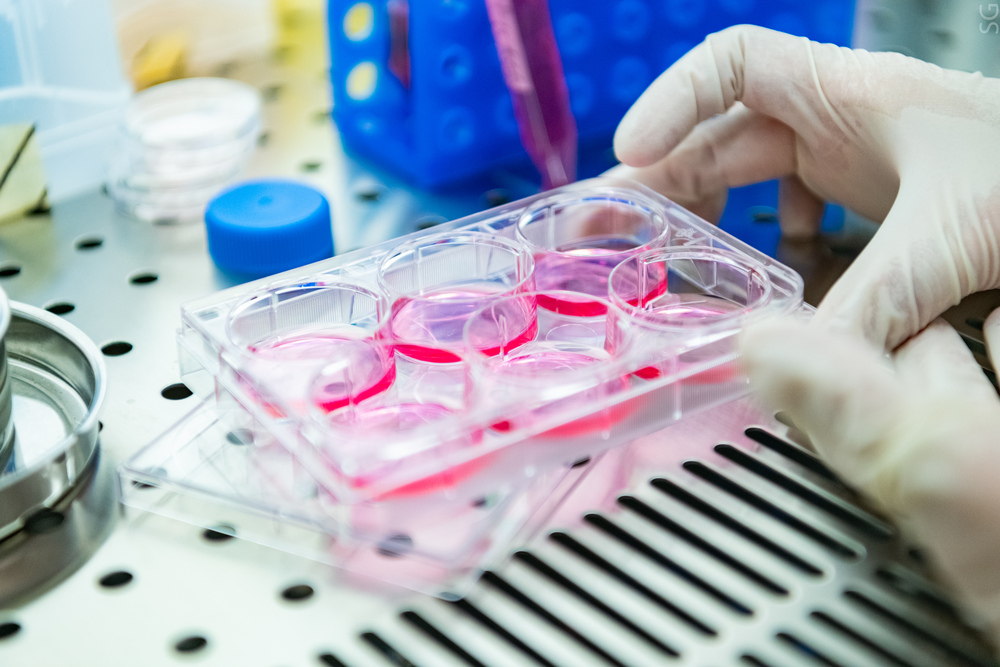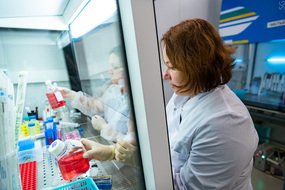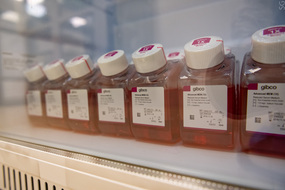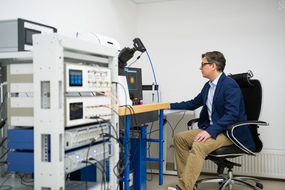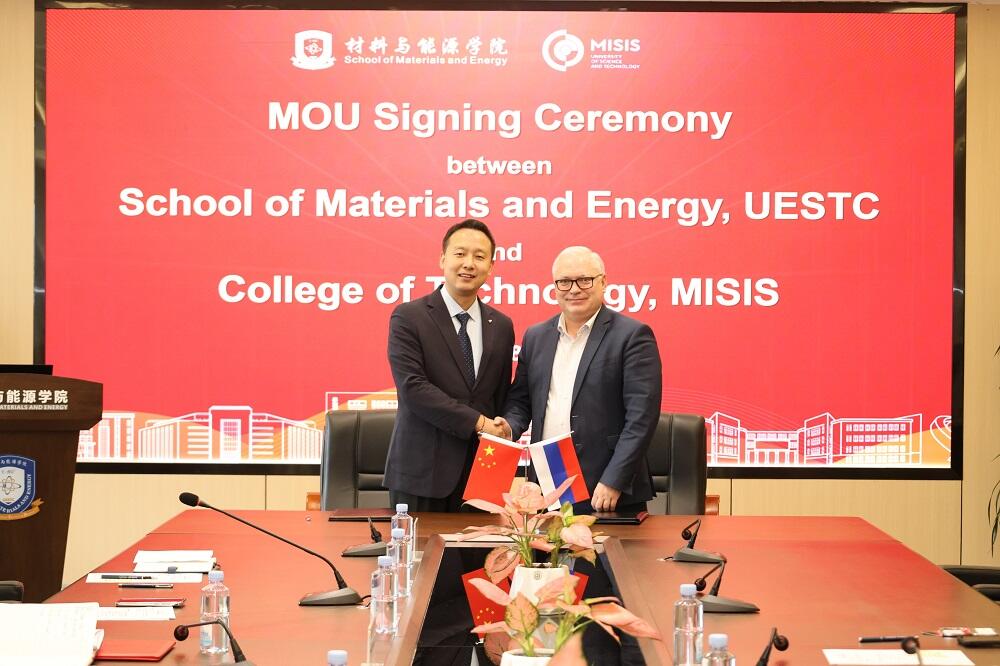New chemical compounds with strong antifungal activity have been obtained by Russian scientists. Studies have shown that these substances — mycosidine derivatives — have a new mechanism of action against fungal pathogens and can form the basis of effective therapeutics without resistance. The results of the work have been published in the Pharmaceuticals international scientific journal.
The creation of antifungal drugs is a difficult task, since fungal pathogens and the human body have a great similarity at the biochemical level. The same chemical compound can similarly affect both the fungal cellular structures and the cells of the human body itself. That is why it is difficult to neutralize fungal infection in humans.
Most systemic antifungals — or antimycotics — act by suppressing the biosynthesis of certain compounds (ergosterol) and fungal cell wall components, because most of the major fungal cell wall components (proteins and polysaccharides) are not represented in humans. This is the excellent target for antifungal chemotherapies and fungicides. However, resistance is common for both antibacterial and antifungal drugs, so the search for new antifungal drugs and new targets is an urgent task for scientists.
A team of scientists from the NUST MISIS Biophysics laboratory, Gause Institute of New Antibiotics and Peoples’ Friendship University of Russia (RUDN) has developed a unique method of obtaining new mycosidine derivatives — a substance that has a fungicidal effect on dermatophytes (skin fungi) and yeast.
“New mycosidine derivatives —
3,5-substituted thiazolidine-2,4-diones were synthesized in excellent yield using Knoevenagel synthesis and alkylation or acylation of the imide nitrogen,” the authors report in the text of their scientific publication.
The method has proven to be highly productive and allows the production of pure compounds from the thiazolidine class. Both microbiologists and biophysicists have studied the obtained substances and their interaction with pathogen cells.
“Using a non-invasive scanning Ion Conductance Microscopy method allows to study the surface nanoscale structure of microorganisms and the effects of antimicrobial drugs on it in real time. At the same time, the assessment of the antifungal effect is carried out in the physiological conditions of cells, which allows to avoid extraneous factors affecting the object of study,” Nikita Savin, a researcher at the NUST MISIS Biophysics Laboratory, explained.
As a result of the experiments, it has been found that the compounds exhibited both fungistatic (inhibiting growth and reproduction) and fungicidal (killing cells) activity and led to the changes in the cell wall of fungi and candidal yeast.
“Using limited proteomic screening and the analysis of toxicity, we show that mycosidine activity is dependent on glucose transport. This suggests that this first-in-class antifungal and its derivatives have a novel mechanism of action, which deserves further study”, the developers emphasize.
